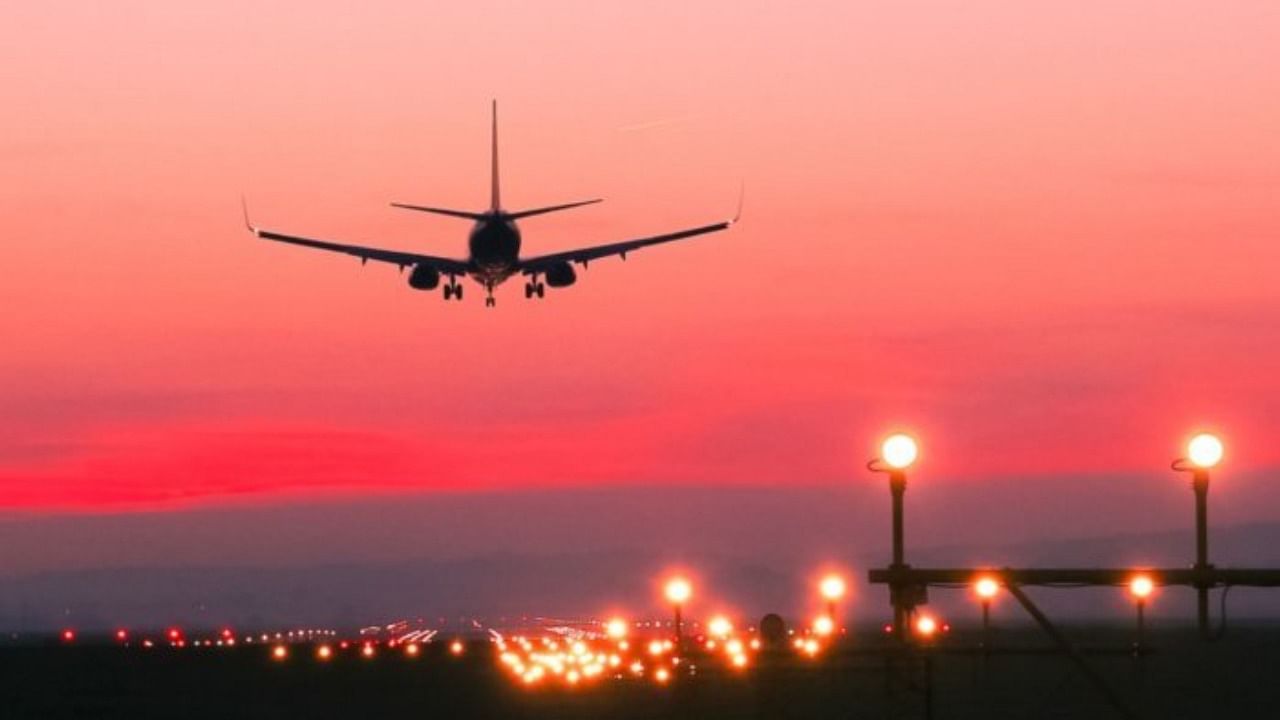
Representative image of a plane.
Credit: iStock Photo
By Tim Culpan
Indian pilots are exhausted, battling erratic schedules, consecutive late-night departures and excessive hours.
Yet airlines are pushing back against new rules from the aviation regulator that mandate longer breaks and shorter work hours for cockpit crew. Fearful of higher costs and restricted operations, carriers want to delay implementation. They shouldn’t.
Instead, India’s aviation industry needs to embrace these rules quickly with the understanding that safer skies and a greater emphasis on working conditions can only help business and lure more customers. The pain of tighter working hours will be short-lived, but the the benefits will be enduring.
Among the new stipulations released in January are mandates that weekly rest periods be increased to 48 hours from 36 hours to allow recovery from accumulated fatigue. Maximum flight times have also been cut and the definition of night duty — when reduced work times are enforced — will be broadened.
The Federation of India Airlines, which represents carriers including Air India, IndiGo, SpiceJet Ltd and Vistara, said last week that these new stipulations are the world’s most restrictive. They will require 25 per cent more pilots, and may result in the cancellation of up to 20 per cent of flights, The Economic Times reported. The new rules are to go in effect June 1. Airlines believe it’ll be almost impossible to comply on time and want that pushed back by a year.
While concerns about higher costs, staff shortages and schedule cuts are valid, carriers need to remember that fearful flyers are bad for business. Price is a big decision-making factor in passengers choosing an airline, yet multiple studies show that perceptions of safety also impact service quality and choice of transport mode. Given the rules apply to all, the purported higher cost will leave no individual operator with a competitive advantage.
There’s also precedent for national aviation authorities to implement regulations that may be stricter than global standards, and at least one case where delayed implementation may have proved fatal.
Two fatal accidents at Taiwan’s TransAsia Airways Corp. serve as a warning for India’s aviation sector. After the first, in July 2014, the Civil Aeronautics Administration introduced stricter rules specifically for that airline, which flew mostly domestic routes. Concerned about fatigue, the regulator mandated that pilots at TransAsia spend no less than 30 minutes at the gate between trips in order to provide enough rest and time to conduct preflight checks.
After lobbying from the airline, implementation was pushed back from Jan. 1, 2015 to March 1. But on Feb. 4, TransAsia flight 235 crashed into a river bank, killing 35 people. Logbooks showed that the aircraft spent just 20 minutes at the gate. Investigators found that numerous pilot errors were the chief cause of the accident. More time and less rush would have reduced fatigue and allowed the pilots to work through the problems more carefully. The avoidance of just one mistake may have saved dozens of lives. Customers quickly deserted TransAsia and the airline shut down the following year.
Current problems at Boeing Co notwithstanding, including faulty aircraft design and engineering, the aviation sector has eliminated almost every major contributor to air crashes over the past 100 years. Pilot error is among the final factors, and fatigue is a major component.
India’s new rules didn’t come from nowhere. The sudden death of an IndiGo pilot before his flight last August prompted the Directorate General of Civil Aviation to review data on pilot fatigue and conduct spot checks. Pilots have pointed to erratic schedules, consecutive late-night departures, and excessive hours as contributors to exhaustion, Reuters reported at the time.
The pressure on aviation workers is set to continue. Domestic traffic hit a new high in December, ferrying 13.8 million passengers on more than 91,000 flights for the month. Annual figures could climb 15 per cent this year as the recovery from Covid and a growing middle class spur customers to criss-cross the world’s most-populous, and seventh-biggest, country.
With more than 90 per cent of its 1.4 billion people never having flown, Indian airlines have years of growth ahead. It would be a pity to scare millions of potential customers away before they’ve even had the chance to experience the magic of air travel.